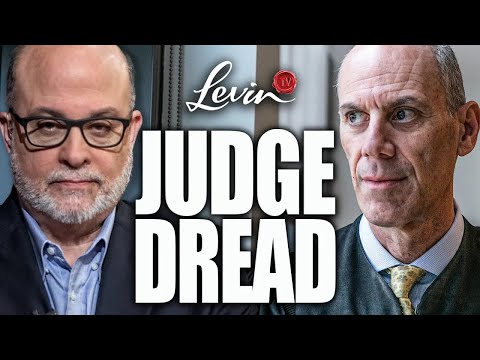**The Rise of Judicial Supremacy: A Threat to Separation of Powers**
In recent years, Americans have witnessed a puzzling trend in the realm of governance: federal judges are beginning to wield more power than many believe they were meant to have. This issue has been brought to light in the ongoing debates about judicial supremacy and separation of powers. The framers of the Constitution never intended for the judiciary to become the final authority in matters that rightfully belong to elected representatives in the legislative and executive branches. Yet, as the dynamics of government evolve, federal district judges seem to be stepping into a role that the founding fathers never imagined.
Historically, the framers conceived of a government built around a delicate balancing act—each branch endowed with distinct powers and responsibilities. The framers warned against judicial overreach, believing that the courts would be the least threatening branch. The decisions about legislation and executive action were supposed to be reserved for elected bodies. However, modern-day events have shown that judges, especially those appointed by recent administrations, are increasingly stepping into arenas traditionally governed by elected officials, resulting in a seismic shift in power dynamics.
Federal district judges are created under the auspices of Congress, which designates federal districts and appoints judges to those areas. Yet, in recent years, the increasing number of judges appointed by Democratic presidents has raised concerns among many conservatives. These judges, rather than serving their original mandate of resolving conflicts between states or between state and federal jurisdictions, are now impacting national policies affecting everyday Americans. They often make sweeping decisions that can reverse or block presidential actions, suggesting that they have overstepped their intended boundaries.
Judicial review, the practice by which courts review and potentially overturn laws or executive actions, is not explicitly laid out in the Constitution. While some argue that it’s an implied power, the framers certainly did not intend for the judiciary to become an unchecked authority. The ability of a single federal judge to issue nationwide injunctions can disrupt executive decisions and undermine the authority of the president. Many worry that this trend of judicial supremacy is erasing the foundational principle of checks and balances, giving too much power to unelected judges.
The recent actions of federal district judges illustrate this growing concern. Cases arise where judges have issued temporary restraining orders or complete reversals of executive decisions, all while overlooking the fundamental roles designated by the Constitution. Whether it pertains to immigration policies or military staffing decisions, judges should not usurp the authority of the executive branch. Critics emphasize that such judicial interventions can have serious ramifications for national security and the functioning of government.
Even the media and commentators are weighing in on the implications of this judicial activism. Discussion around the potential impeachment of judges who overstep their bounds has become more common, as prominent figures shout from the rooftops about the need to preserve the separation of powers. This battle against judicial supremacy represents a crucial moment in American history, as citizens and officials alike must determine the proper balance of power within their government. Will elected representatives regain their rightful place in shaping policies, or will an army of judges continue to dictate the terms? Only time will tell how this chapter in democracy will unfold.



